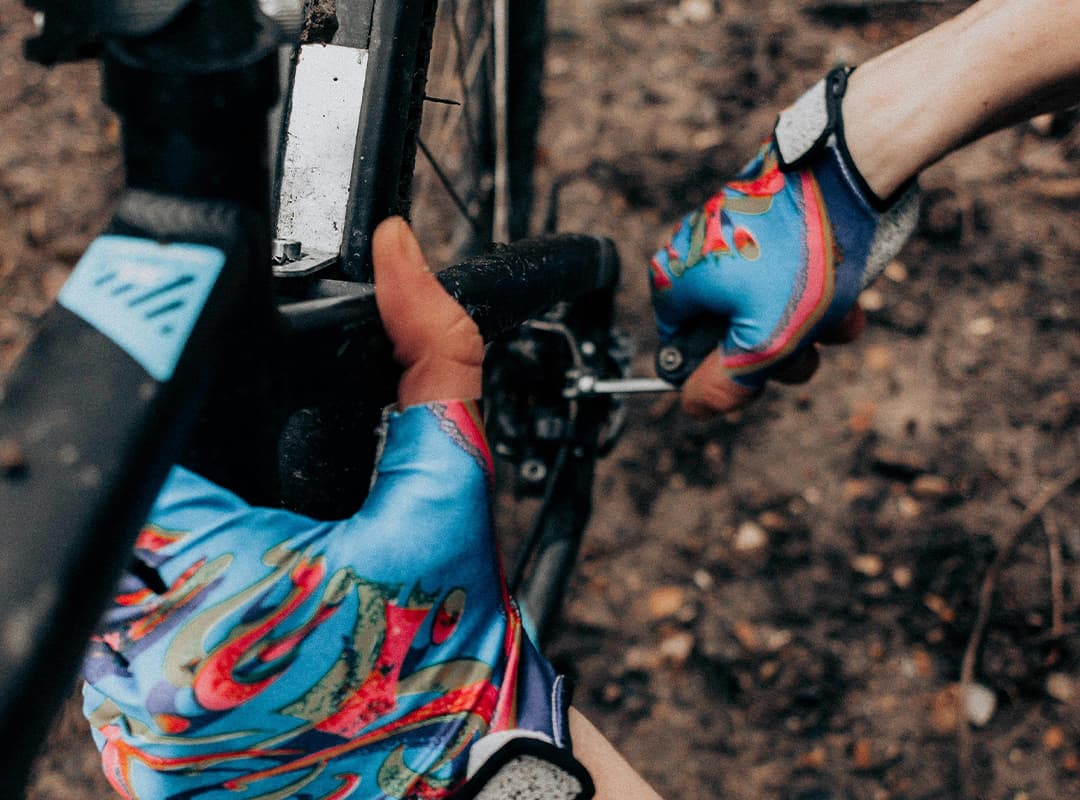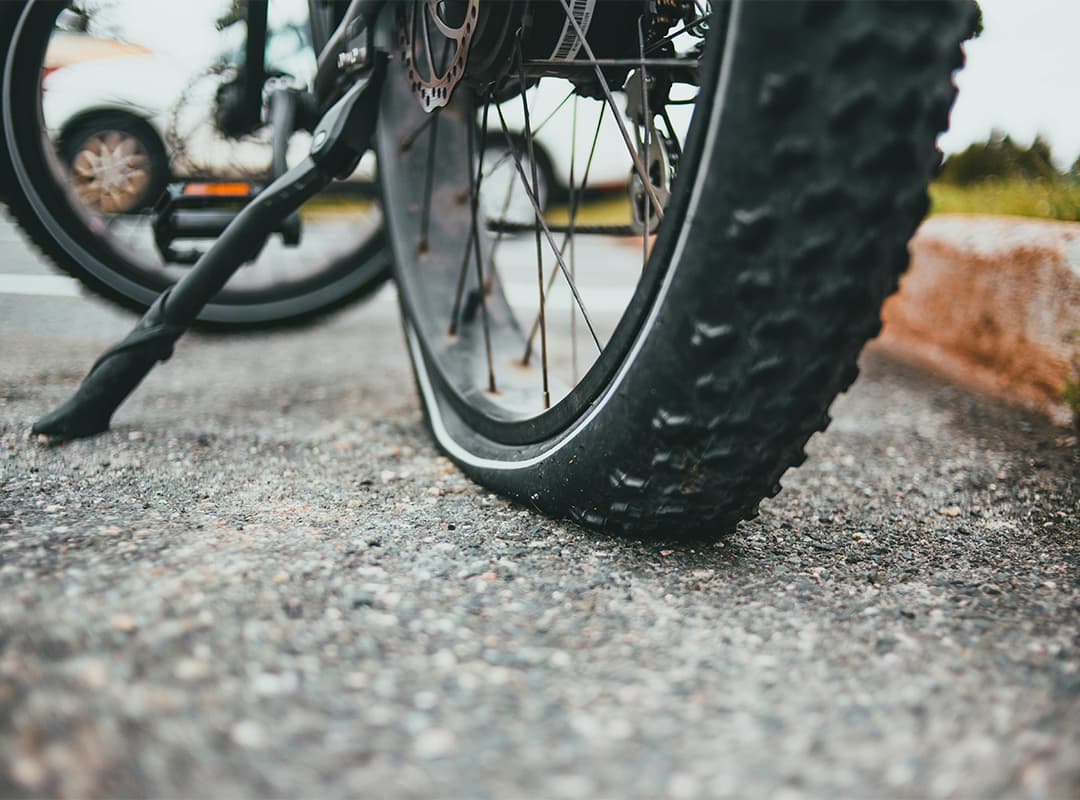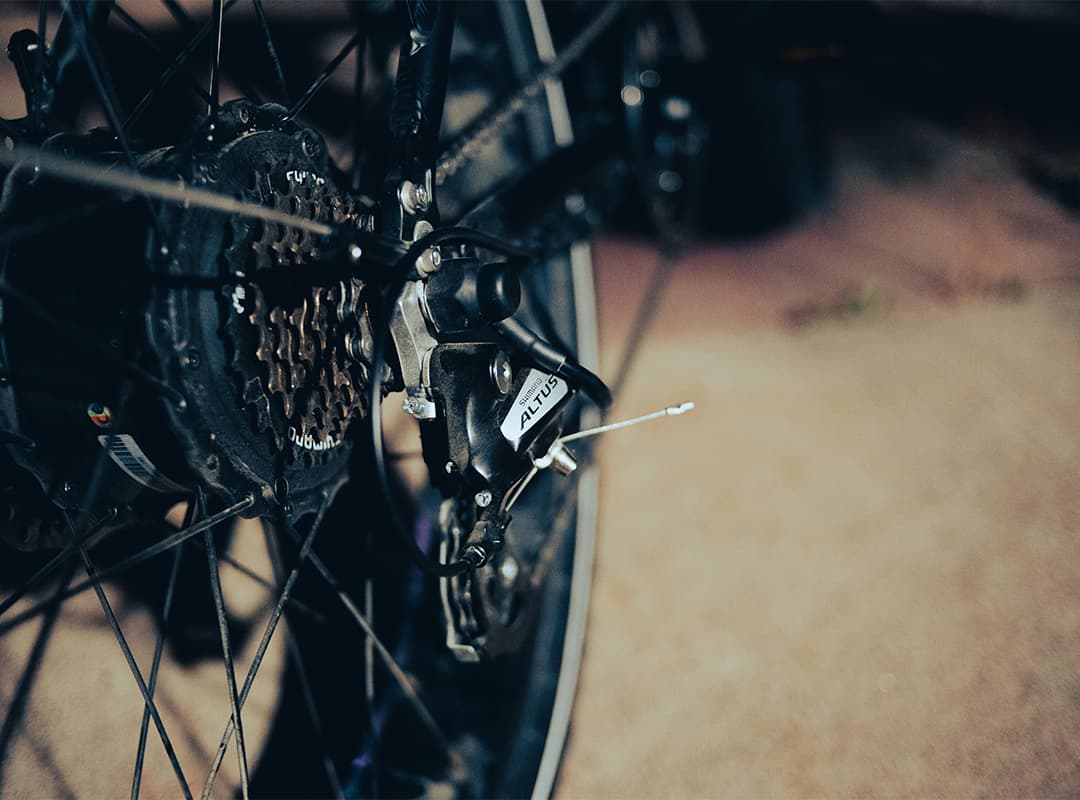Keeping your bike in top condition goes beyond regular maintenance; upgrading components at the right time can elevate your cycling experience and performance. Whether you’re aiming for smoother rides, faster speeds, or a more comfortable fit, replacing specific components can make a huge difference. This guide explains when and how to replace various bike components for optimal performance, with a particular focus on translating your frame size, such as 48cm to inches, to ensure the perfect fit.
1. Understanding Frame Fit: 48cm to Inches and Sizing Basics
The frame is the backbone of your bike, and ensuring it’s the right fit is essential for both comfort and control. If your bike frame is 48cm, you can convert it to inches (roughly 18.9 inches) to better understand your ideal fit. Having a frame that suits your height and riding style enhances handling and reduces strain. If you find that your frame isn’t quite right, consider adjusting components like the seat post or handlebars before investing in a new frame.
Frame Replacement Timing
Frames typically last many years, but if you notice cracks, dents, or structural wear—especially on older aluminum or carbon frames—it may be time to upgrade. Consider replacing the frame if you’re looking for better stability or need a different geometry for a new riding style, such as switching from road to gravel riding.
2. Wheels and Tires: For Speed and Stability
Wheels impact speed, control, and comfort more than many cyclists realize. Lightweight, durable wheels can improve acceleration, while larger tires provide better grip and a smoother ride on rough terrain.
When to Replace Wheels and Tires
- Tires should be replaced if the tread is worn or if they start showing signs of cracking or bulging. Worn-out tires reduce grip, especially in wet conditions.
- Wheels may need replacing if they become bent or damaged. Additionally, if you’re interested in faster rides or different terrain handling, consider switching to a lighter wheelset or wider rims.
Recommended Upgrades
Upgrading to tubeless-ready tires can increase puncture resistance and reduce rolling resistance, especially useful for mountain and gravel riders.
3. Drivetrain: Improving Efficiency and Power Transfer
The drivetrain includes components like the chain, cassette, crankset, and derailleurs. Over time, these parts wear out and can affect shifting smoothness and power transfer.
When to Replace Drivetrain Components
- Chain: Replace approximately every 2,000-3,000 miles, or when it shows signs of stretch.
- Cassette and Chainrings: Replace when you notice inconsistent shifting or if the teeth appear worn.
- Derailleurs: Replace if they’re damaged or if you find shifting becoming unreliable despite regular tuning.
Recommended Upgrades
Switching to a higher-end groupset can provide smoother and more precise shifting. Upgrading to a lighter crankset can also improve efficiency, particularly during climbs.
4. Brakes: Ensuring Safety and Control
Effective braking is essential for safety and handling. If you notice a decrease in braking power or feel a spongy sensation when braking, it’s time to check your brake components.
When to Replace Brakes
- Brake Pads: Inspect regularly and replace when they’re worn down to 1.5mm or less.
- Brake Cables or Hydraulic Fluid: Replace annually or if you notice a loss of responsiveness.
- Brake Rotors (Disc Brakes): Replace if they’re warped or worn below the manufacturer’s thickness recommendation.
Recommended Upgrades
Upgrading to disc brakes can improve braking control, especially in wet or rugged conditions. For those already using disc brakes, high-quality rotors and pads can boost performance.
5. Handlebars and Saddle: For Comfort and Control
Your contact points with the bike are essential for comfort. Replacing handlebars and saddles tailored to your riding style can improve control and reduce fatigue on longer rides.
When to Replace Handlebars and Saddle
- Handlebars: Replace if they’re bent or uncomfortable. Carbon bars are popular for their lightweight properties, while aluminum bars offer durability.
- Saddle: Replace if it’s worn, uncomfortable, or if you’re experiencing discomfort on longer rides.
Recommended Upgrades
Choosing ergonomically shaped handlebars and saddles can improve comfort. Many riders find relief in saddles specifically designed for their body type, while aero bars can be beneficial for racing.
6. Pedals and Cleats: Power and Stability
Pedals are essential for power transfer, and switching to clipless pedals, such as SPD pedals, can significantly improve your efficiency and control, especially in competitive riding.
When to Replace Pedals and Cleats
- Pedals: Replace if they become loose or if they’re not compatible with your riding shoes. Mountain bikers often benefit from a sturdier pedal, while road cyclists may prefer lightweight options.
- Cleats: Replace when the engagement becomes inconsistent or if you feel a loss of stability.
Recommended Upgrades
Upgrading to lightweight pedals can enhance performance by reducing rotational weight. Clipless systems, like SPD, offer better connection and efficiency, particularly on longer rides.
7. Accessories and Maintenance Essentials
Keeping essential tools and accessories in top condition is just as important as replacing main components. Tools like a multi-tool, spare tube, and pump should always be in your repair kit.
When to Replace Accessories
Replace accessories if they’re worn or no longer effective. For instance, a pump that’s lost pressure or a multi-tool with rusted parts won’t serve you well in an emergency.
Recommended Additions
For frequent riders, consider investing in a bike stand for easier maintenance and a quality tool kit for at-home repairs. Adding a reliable bike lock is crucial to protect your upgraded ride.
Staying on top of component replacements can greatly enhance your bike’s performance, comfort, and longevity. By knowing when and how to upgrade, you ensure that your bike always matches your evolving riding needs. Whether it’s as simple as switching out your pedals or as detailed as finding the perfect frame fit (48cm to inches), each component contributes to a seamless, enjoyable experience on the road.



